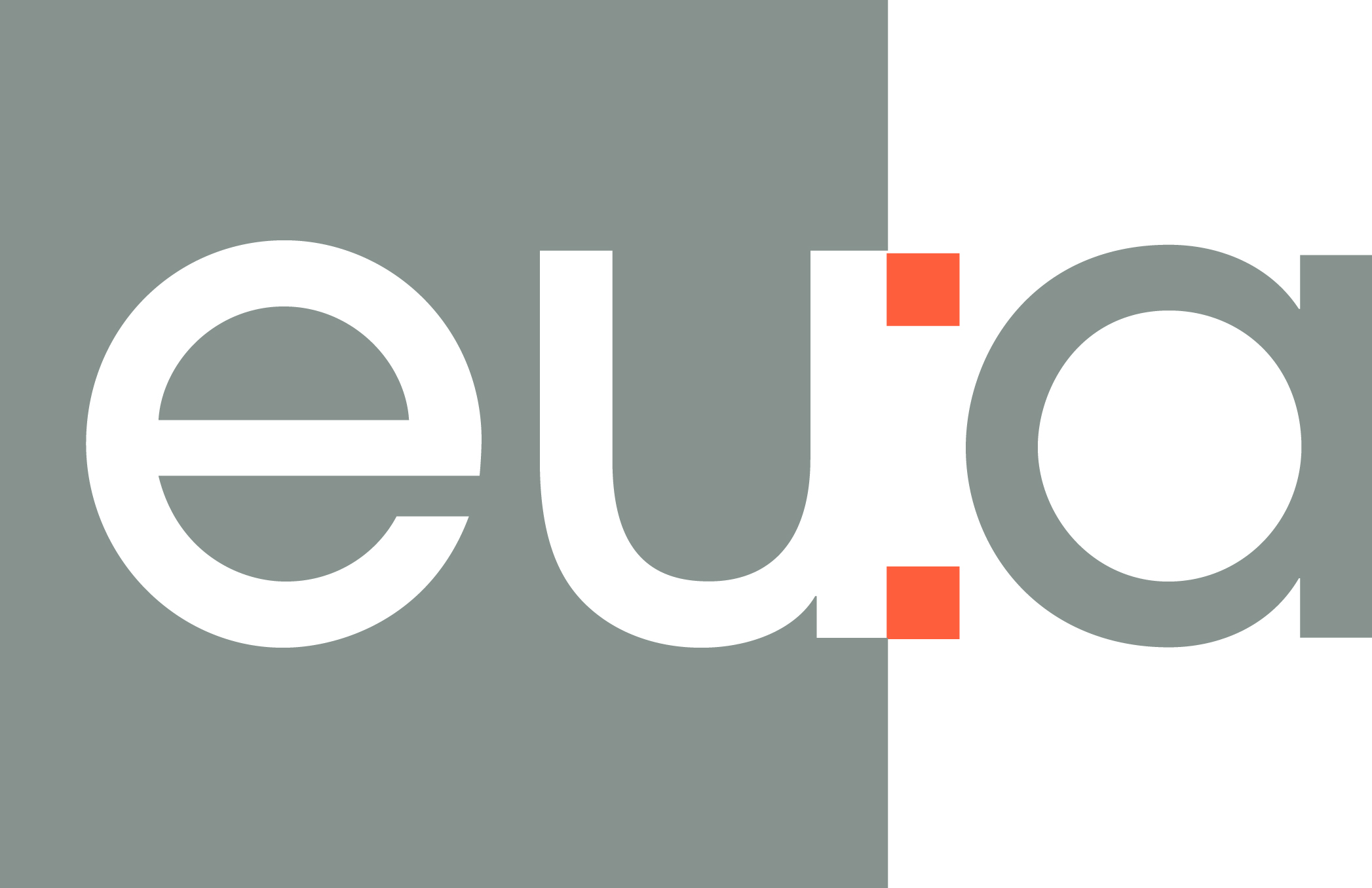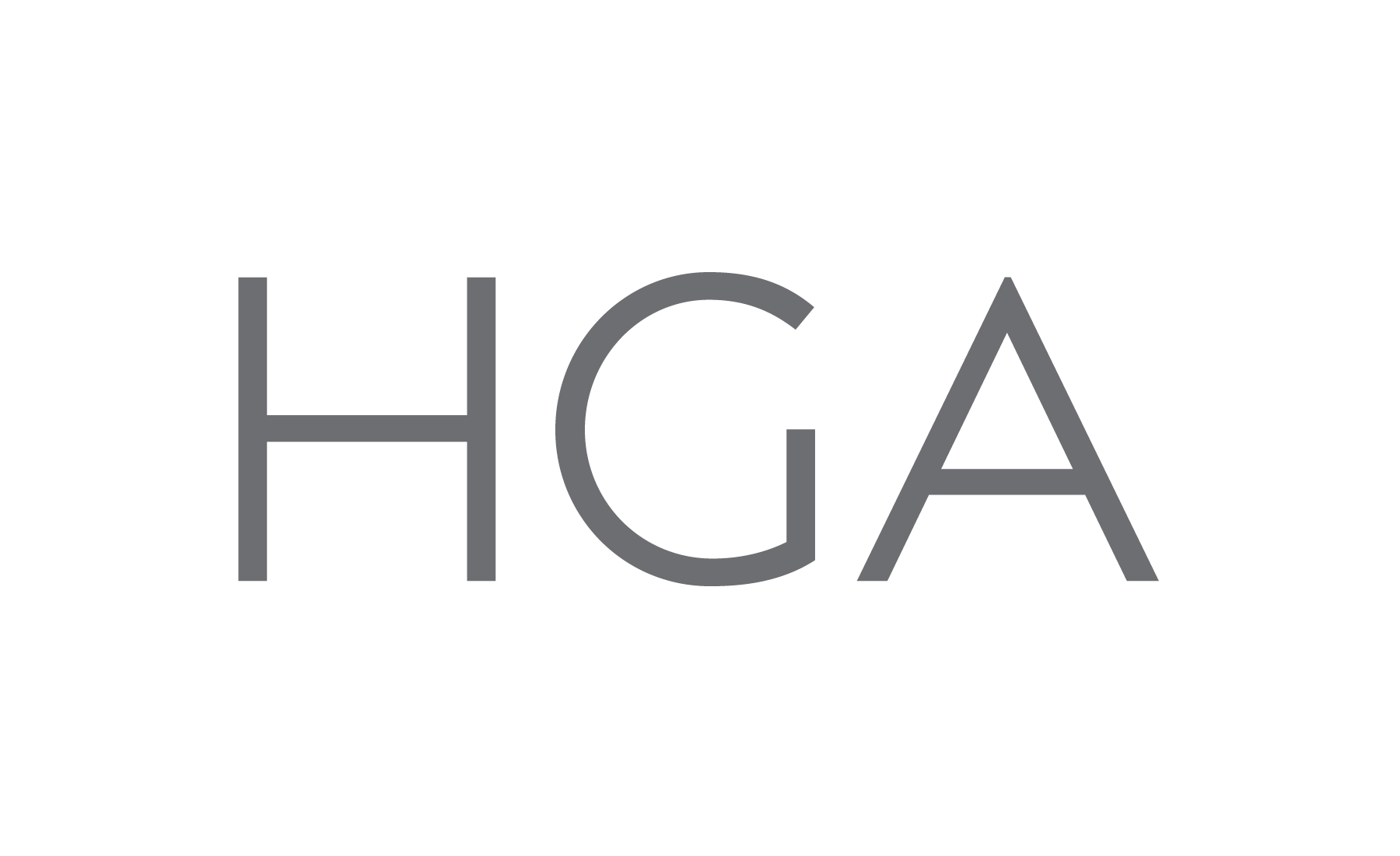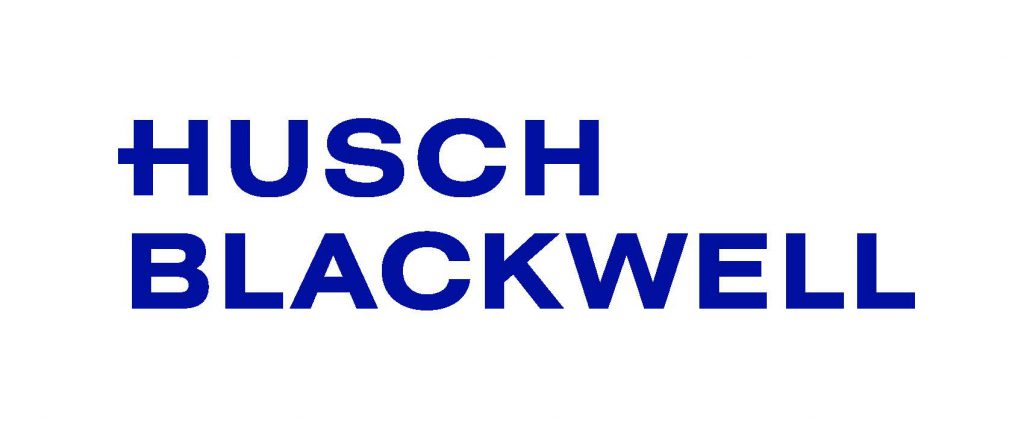By Brent Johnston, MBA, President of Shared Imaging Services
The United States is entering a transformative era in healthcare, driven by one of the most significant demographic shifts in modern history. By 2030, every member of the baby boomer generation will be over the age of 65—ushering in a historic high for the elderly population. According to the U.S. Census Bureau, one in five Americans will be of retirement age by the end of the decade.
This aging trend has profound implications for healthcare systems, costs, and workforce needs across the nation. The fastest-growing segment of this population—the “oldest old,” aged 80 and above—is projected to increase by nearly 28% between 2025 and 2030. As people live longer, often with multiple chronic conditions, demand for medical services and support will only intensify.
The Wisconsin Perspective
Wisconsin mirrors these national trends, with its own population of seniors expanding rapidly. By 2030, the number of residents aged 65 and older is expected to rise by 30% compared to 2023 levels. The 75+ age group will grow even faster—by an estimated 41%.
This shift means that within just a few years, older adults will represent a far larger share of the state’s healthcare users. For providers, this presents both challenges and opportunities: a greater need for accessible, high-quality care, but also an increasing strain on systems already stretched thin.
The Cost of Care for an Aging America
As the population ages, healthcare costs rise dramatically. The Kaiser Family Foundation reports that Medicare spending for beneficiaries aged 85 and older is nearly twice that of those aged 65 to 74. Data from 2020 further shows that per-person healthcare spending for adults over 85 was 8.5 times higher than for children.
The Centers for Medicare & Medicaid Services (CMS) projects that Medicare spending will grow by an average of 9.7% per year until 2030—driven largely by the baby boomer generation entering retirement. These increases place pressure not only on federal and state budgets, but also on hospitals, clinics, and insurance systems tasked with delivering care efficiently.
Workforce Challenges Ahead
Rising demand for healthcare services comes at a time when the healthcare workforce is shrinking. The Association of American Medical Colleges (AAMC) reports that as many as 40–50% of practicing physicians could reach retirement age within the next decade. Nursing shortages are also a growing concern, with national projections indicating deficits through at least 2037.
By 2027, the United States is expected to face a 10% shortage of registered nurses (RNs)—a gap of more than 200,000 full-time equivalents. The shortages will be most severe in rural, nonmetropolitan areas, where demand for care is often highest and recruitment most difficult.
These shortages ripple across every corner of the healthcare system, from primary care to specialty services like imaging, laboratory diagnostics, and rehabilitation. Providers must increasingly find creative ways to meet patient needs while managing workforce burnout, retirements, and recruitment challenges.
The Growing Role of Imaging Services
Diagnostic imaging plays a central role in managing the health of an aging population. By 2030, nearly 70 million Americans will be 65 or older, and this group already accounts for about 30% of all imaging procedures performed annually.
The most frequently used imaging exams among older adults—X-rays, CT scans, and ultrasounds—are essential for diagnosing and managing conditions such as arthritis, cardiovascular disease, osteoporosis, and cognitive decline. Falls and trauma, common among seniors, also drive significant imaging utilization, as do preventive screenings like coronary calcium scoring and low-dose CT for lung cancer.
As the need for imaging grows, so too does the pressure on hospitals and clinics to deliver timely, accurate diagnostics. The Wisconsin Hospital Association notes that the number of radiologists and technologists entering the workforce is not keeping pace with rising demand. The American Society of Radiologic Technologists (ASRT) reports that the imaging workforce shortage is now the most severe it has been in more than 20 years.
The result is longer wait times for patients, delayed results, and increased workloads for existing staff. Industry forecasters, such as Vizient’s Sg2, predict double-digit growth in imaging utilization over the next decade, including a 14% increase in advanced imaging nationwide.
Bridging the Gap: Shared Imaging Services
For more than 44 years, Shared Imaging Services has been committed to ensuring that rural hospitals and healthcare systems have access to high-quality diagnostic imaging. Founded to bring university-level diagnostics to underserved communities, the organization provides both equipment and staffing for services including nuclear medicine, ultrasound, echocardiography, and MRI.
Through joint ventures and hospital partnerships, Shared Imaging Services helps facilities expand their capabilities without the high costs of ownership. The company’s mobile and on-site solutions not only enhance patient access but also allow hospitals to maintain critical diagnostic services locally—reducing travel burdens and improving care continuity.
In an era defined by demographic change and workforce challenges, collaborations like these will be essential to sustaining quality care. As the population continues to age, the need for innovative partnerships between providers, systems, and diagnostic specialists will only grow.
To learn more about Shared Imaging Services and its work supporting rural healthcare, visit SIS-WI.com.






